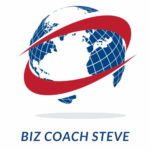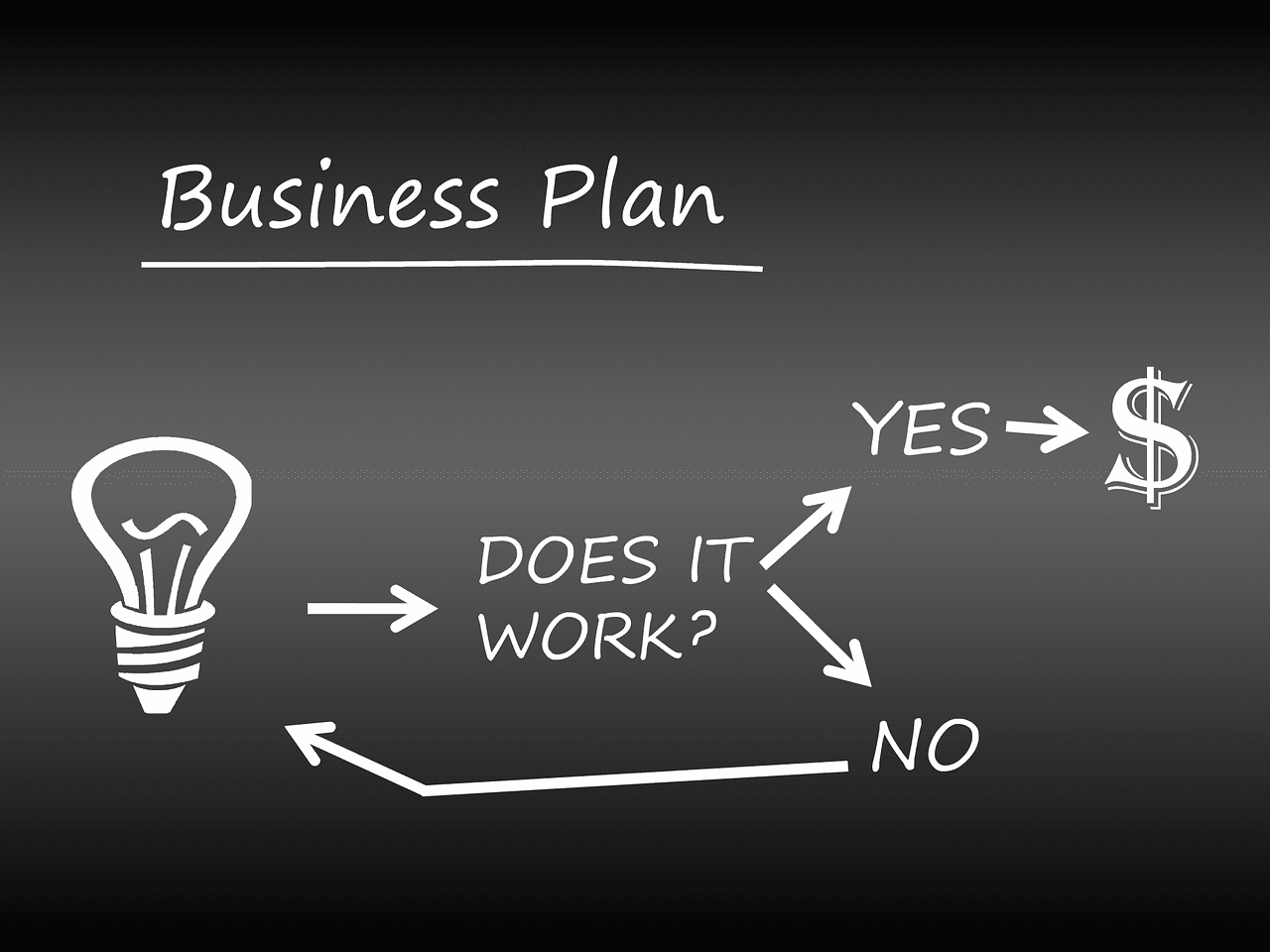10 Tips for Communicating Change Effectively
By Steve Feld|2024-12-28T21:24:28-07:00November 14, 2025|Categories: Business, Coaching, Leadership|Tags: Business, entreprenuer, Leadership|
13 Things Mentally Strong People Don’t Do
By Steve Feld|2025-10-20T21:08:23-07:00October 10, 2025|Categories: Business, Coaching, Entrepreneur, Leadership|Tags: Business, entreprenuer, Growth, Owner|
Believe in yourself even when no one else does
By Steve Feld|2024-12-28T21:16:56-07:00September 12, 2025|Categories: Business, Coaching, Entrepreneur, Leadership|Tags: Business, entreprenuer, Leadership, success|
7 Simple Ways Successful People Cultivate Better Mindsets
By Steve Feld|2024-12-28T21:04:35-07:00May 9, 2025|Categories: Business, Coaching, Entrepreneur, Leadership|Tags: Business, entreprenuer, Leadership, success|
10 Proven Strategies to Keep Your Best People Happy, Engaged, and Loyal
By Steve Feld|2025-04-20T21:12:45-07:00April 11, 2025|Categories: Business, Coaching, Entrepreneur, Leadership|Tags: Business, entreprenuer, Leadership, Owner, success|
When Should I Review My Business Plan?
By Steve Feld|2024-12-28T20:57:08-07:00March 14, 2025|Categories: Business, Coaching, Entrepreneur, Leadership|Tags: Business, entreprenuer, Growth, Leadership, Owner, success|
TEN WAYS TO GET BUSINESS-SMART
By Steve Feld|2024-12-28T19:50:54-07:00September 5, 2024|Categories: Business, Coaching, Entrepreneur, Leadership, Sales|Tags: Business, Change, entreprenuer, Leadership, sales, success|
How can leadership training help YOUR bottom line?
By Steve Feld|2024-08-11T23:56:23-07:00May 23, 2024|Categories: Business, Coaching, Leadership|Tags: Change, Leadership, Owner, success|
Time Management Test
By Steve Feld|2024-08-12T00:05:14-07:00April 24, 2024|Categories: Business, Coaching, Leadership|Tags: Business, Leadership, Owner, success|
What did you learn in 2023?
By Steve Feld|2024-08-11T23:44:05-07:00December 28, 2023|Categories: Business, Leadership|Tags: Business, Coaching, Growth, Leadership, Owner|










